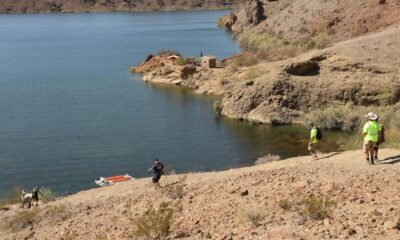Tech
Lake Havasu City Police Crack Down: Arrests and Citations Surge

The landscape of regional information sources continues to evolve, particularly in the United States. Diverse regions such as Arizona, Texas, and California exhibit unique traits in their media engagement and news consumption. The availability of tailored content affects local communities, shaping perceptions and discussions around pressing issues.
In recent assessments, audiences in different states express a growing demand for localized reporting over broader national narratives. Recent surveys indicate that over 70% of respondents in several southern states prioritize local news relating to governance and public safety. This shift presents opportunities for news organizations to deliver more focused, relevant information directly to their audience.
Conversely, challenges persist in this evolving landscape. Disparities in access to quality journalism, particularly in rural areas, prompt concerns about information deserts. Initiatives aimed at strengthening local journalism, through community engagement and digital innovation, are underway. These efforts are vital for ensuring that all communities maintain access to accurate information.
Moreover, the intersection of technology and traditional media presents new avenues for engagement. Platforms that promote user-generated content have gained traction, allowing everyday citizens to participate in the news cycle. This democratization of information enables a broader array of voices to contribute to local narratives.
As the media landscape continues to adapt, understanding audience needs remains crucial. Local news organizations are tasked with maintaining relevance in this fast-paced environment. The commitment to storytelling that resonates with the community will be a key driver in shaping the future of news reporting.


















